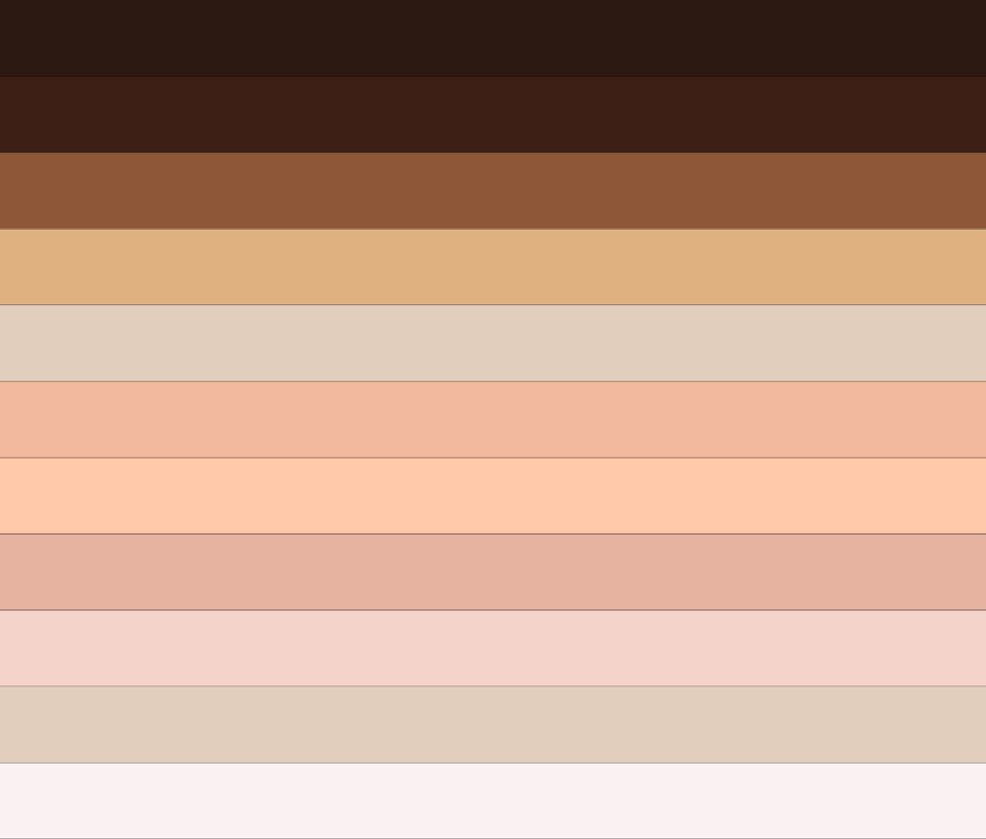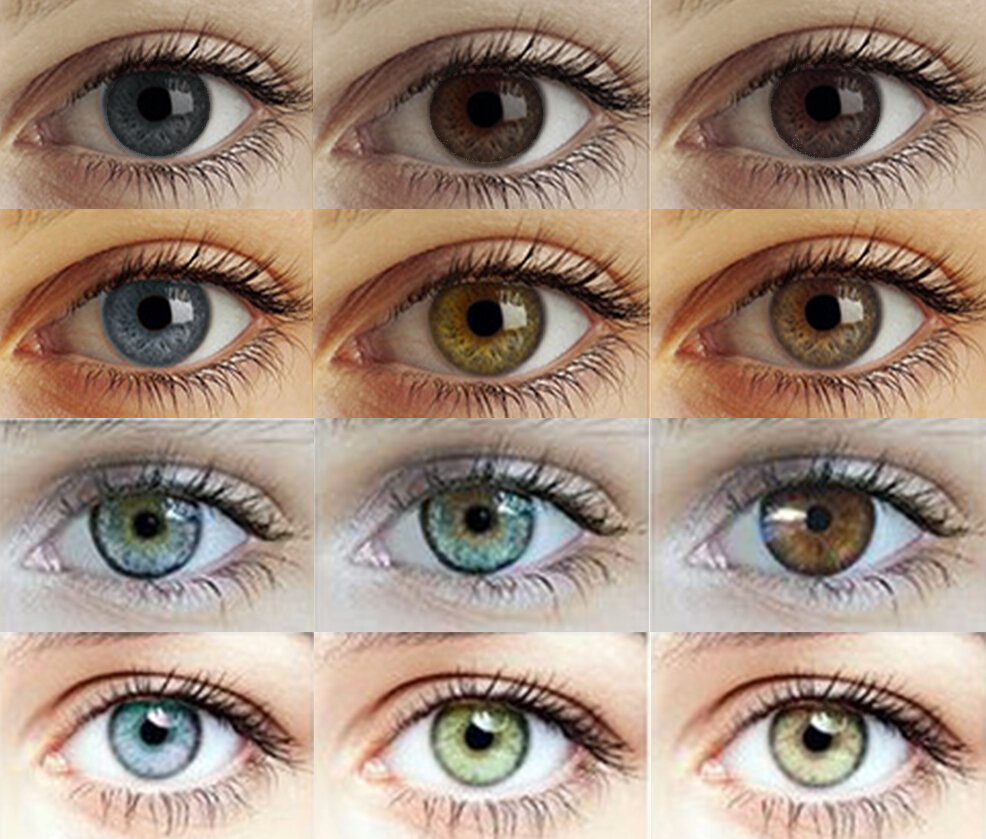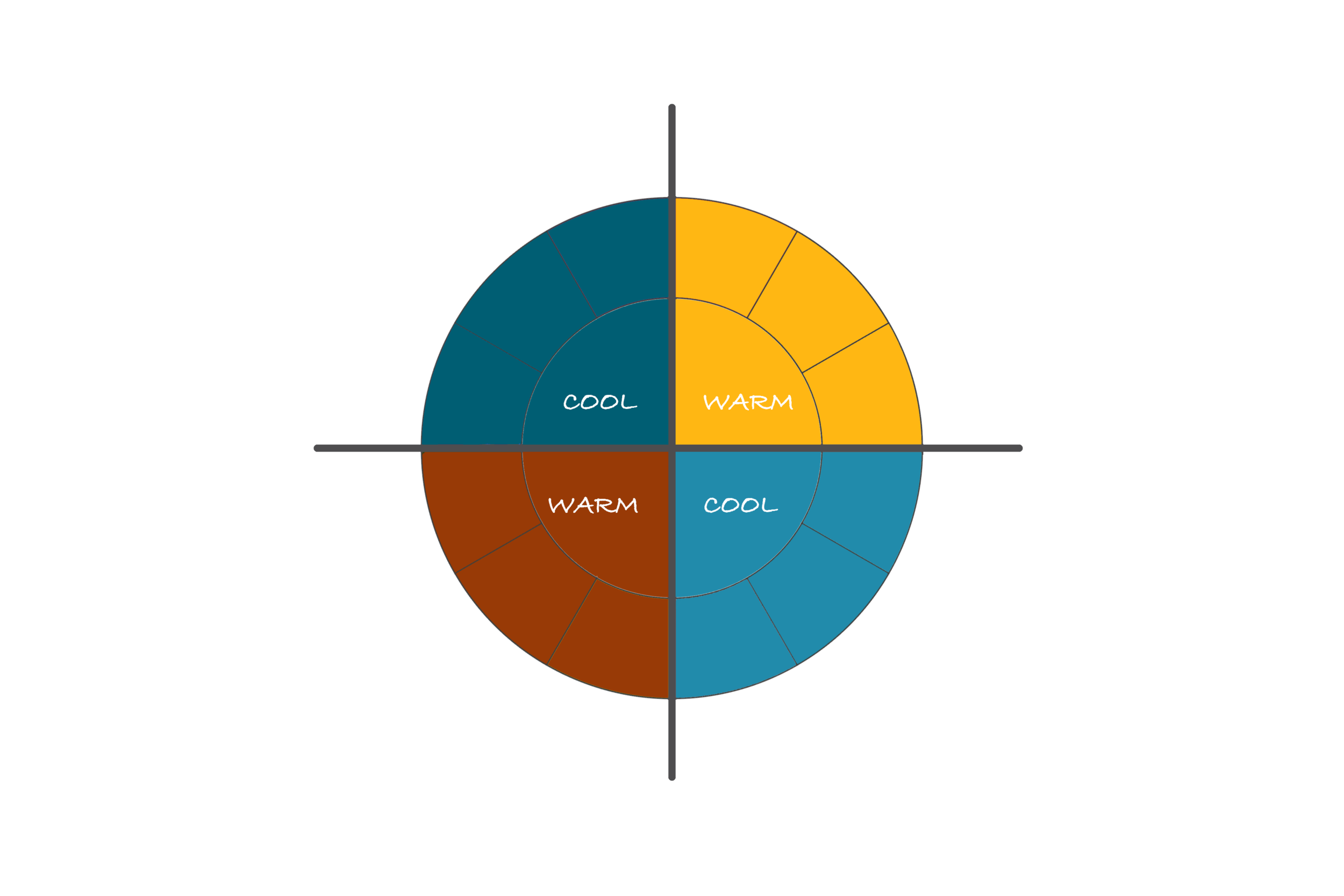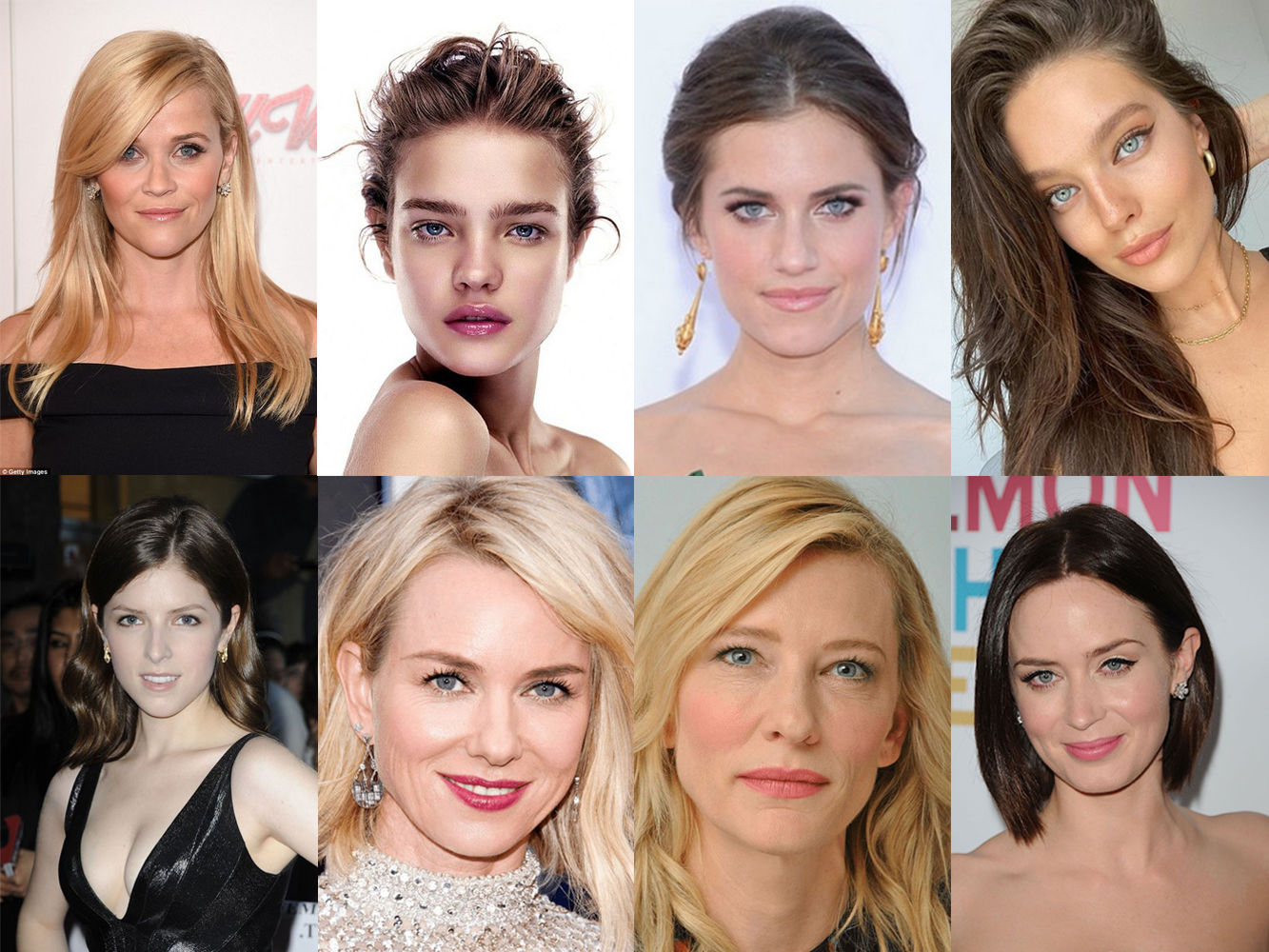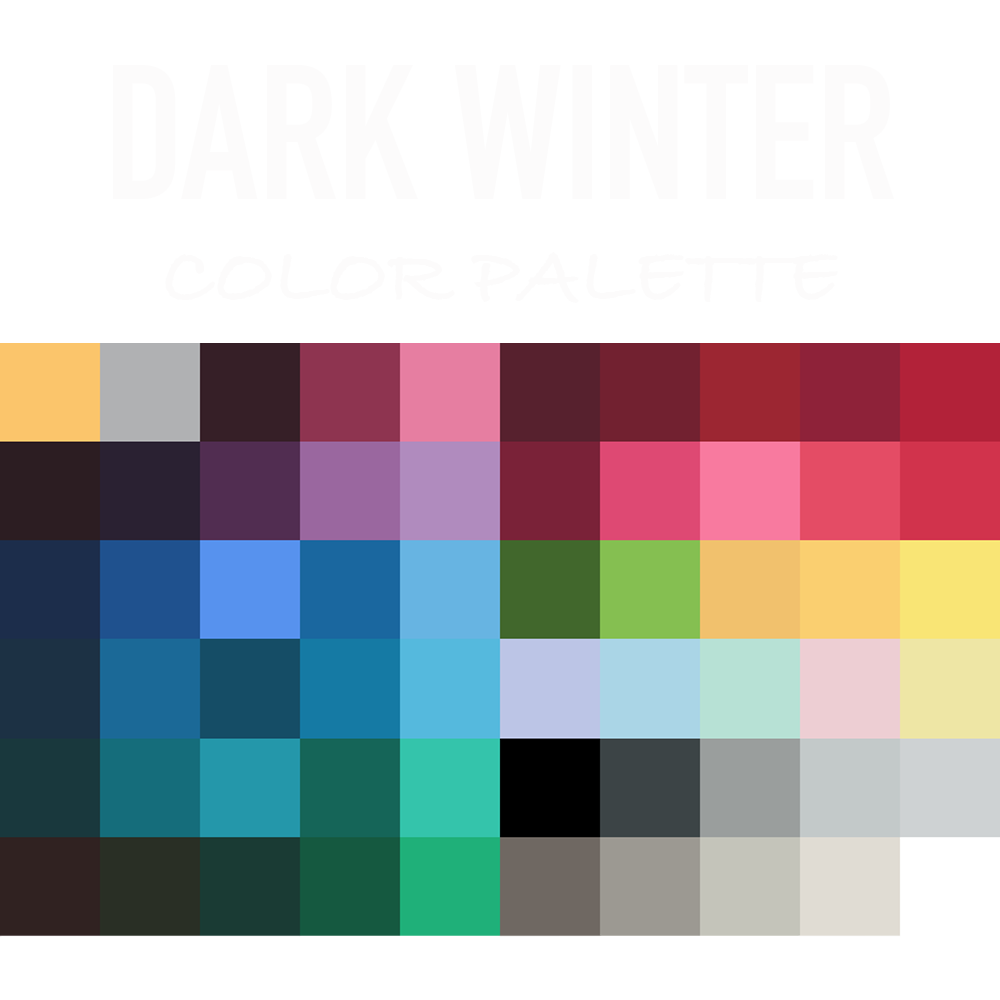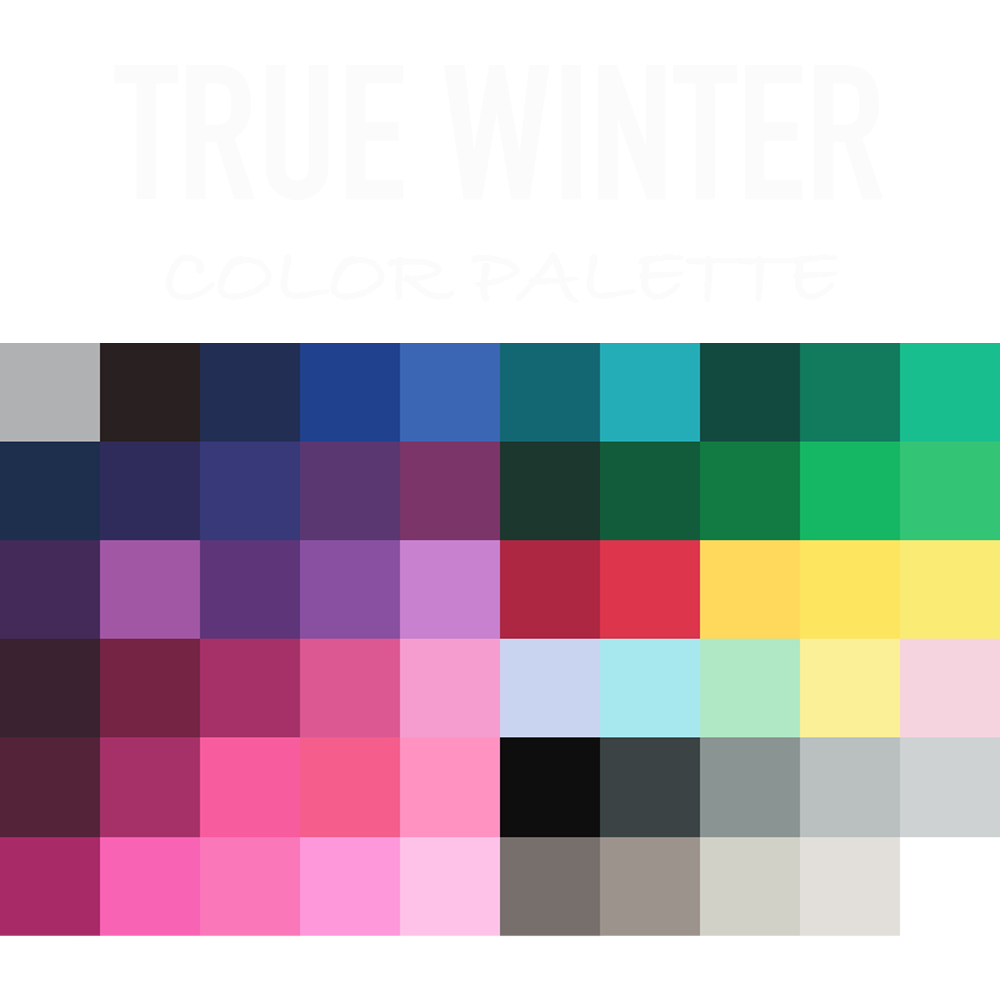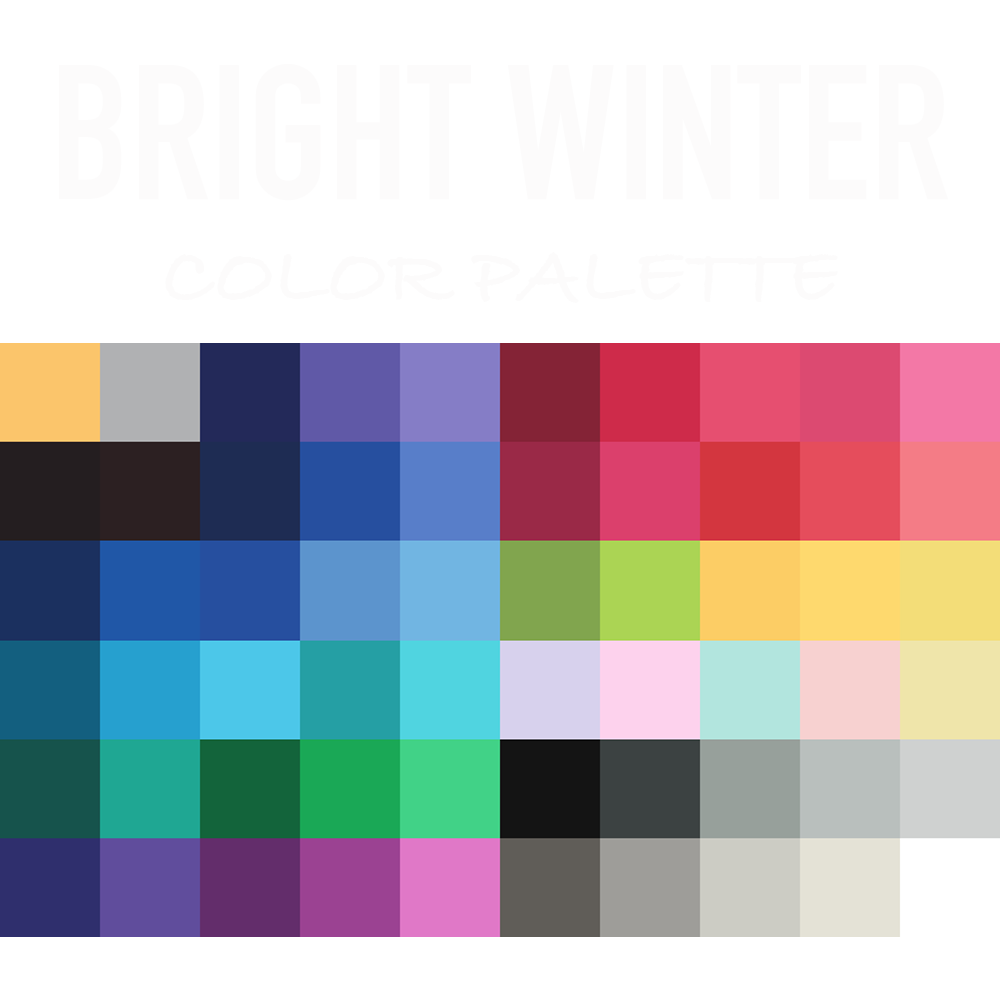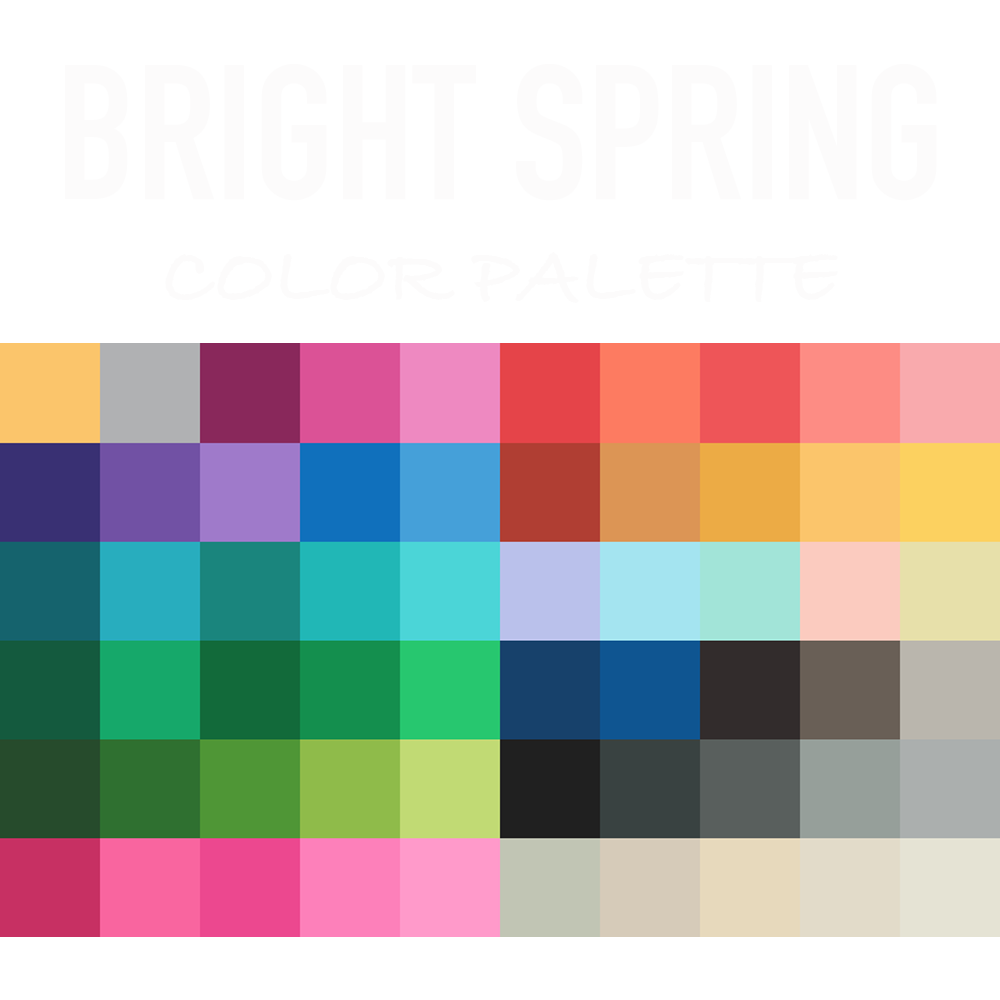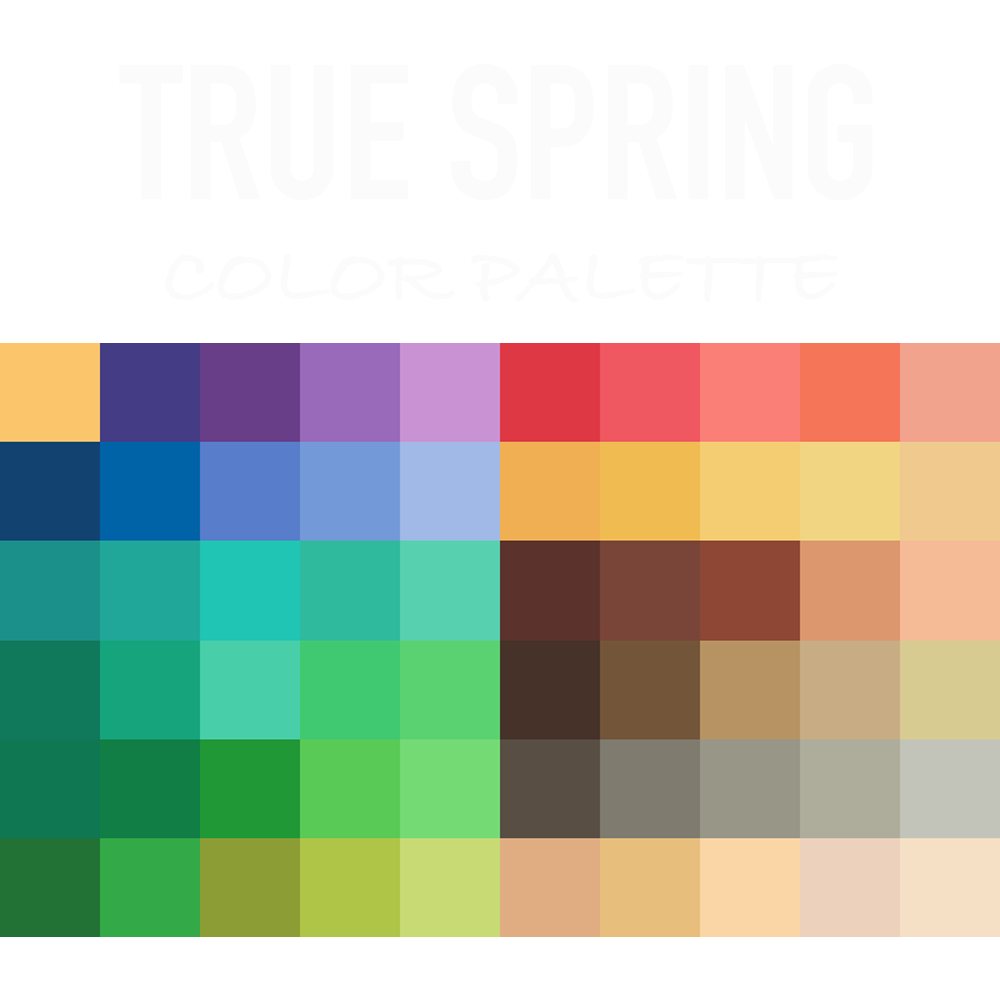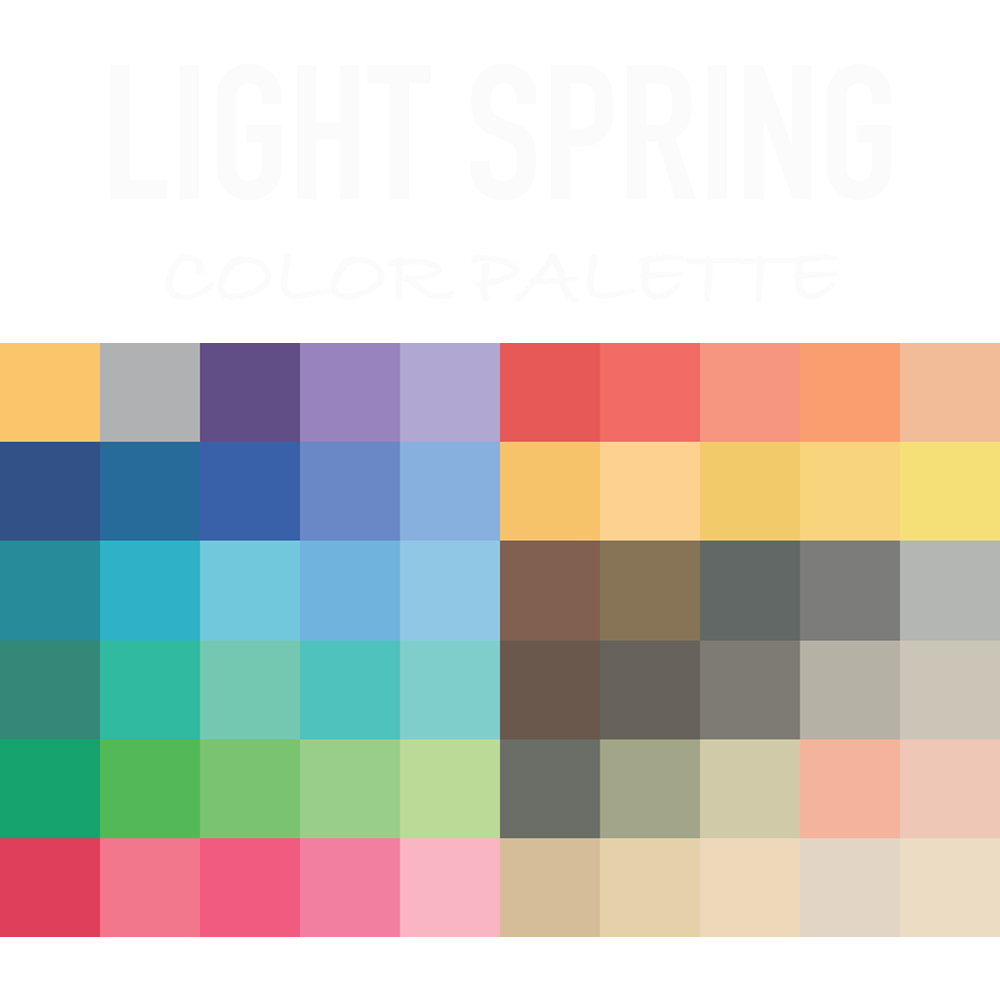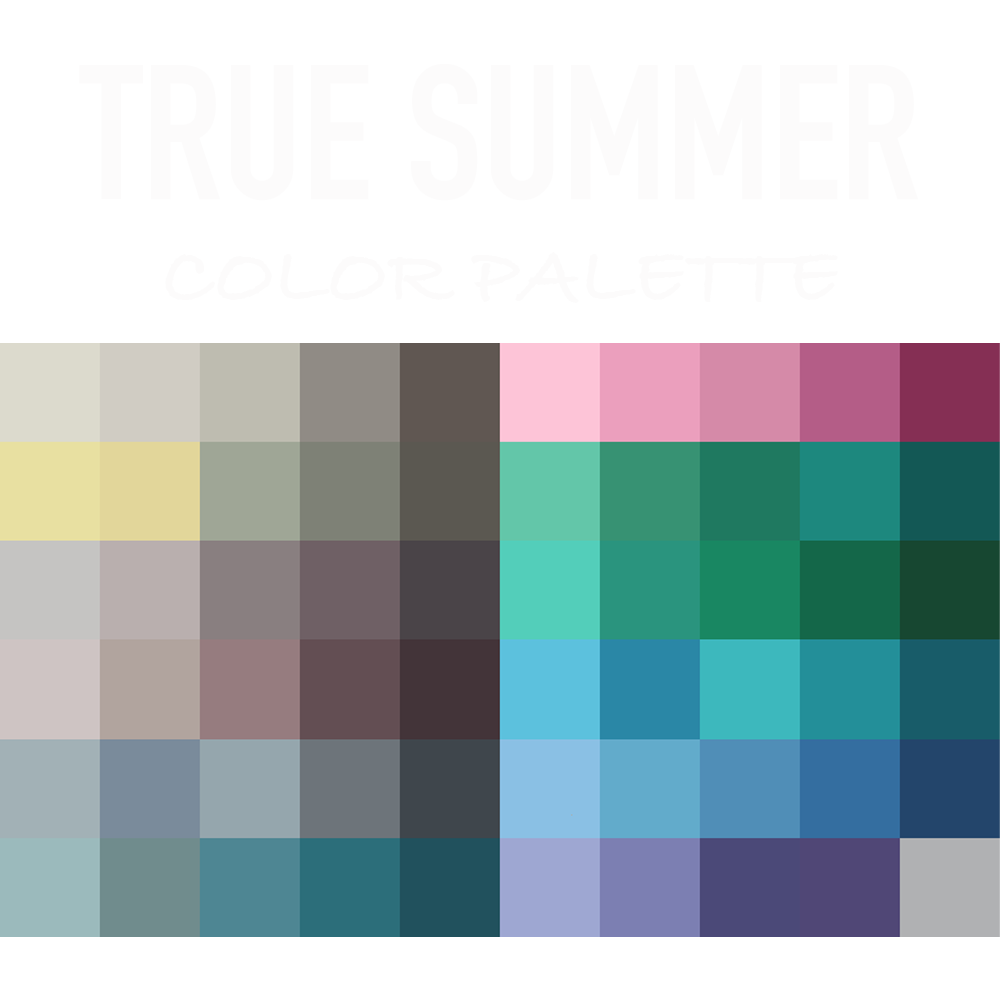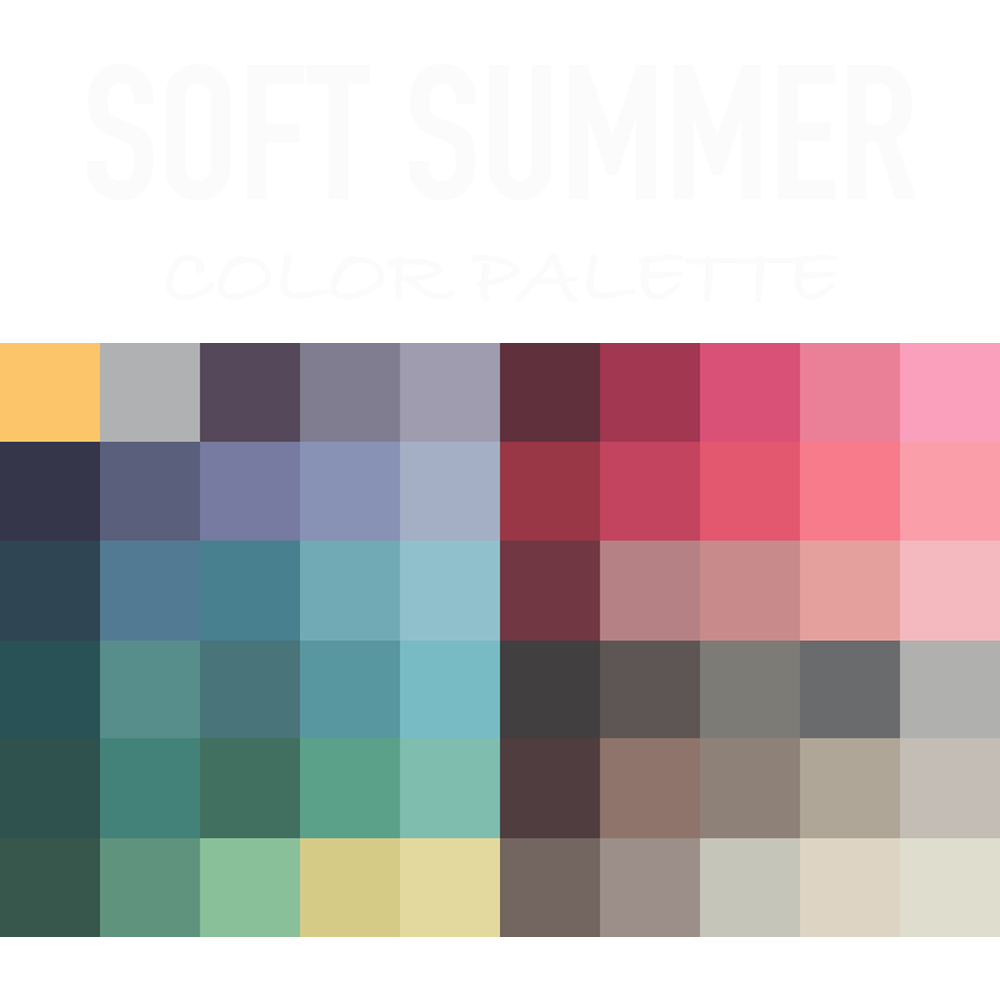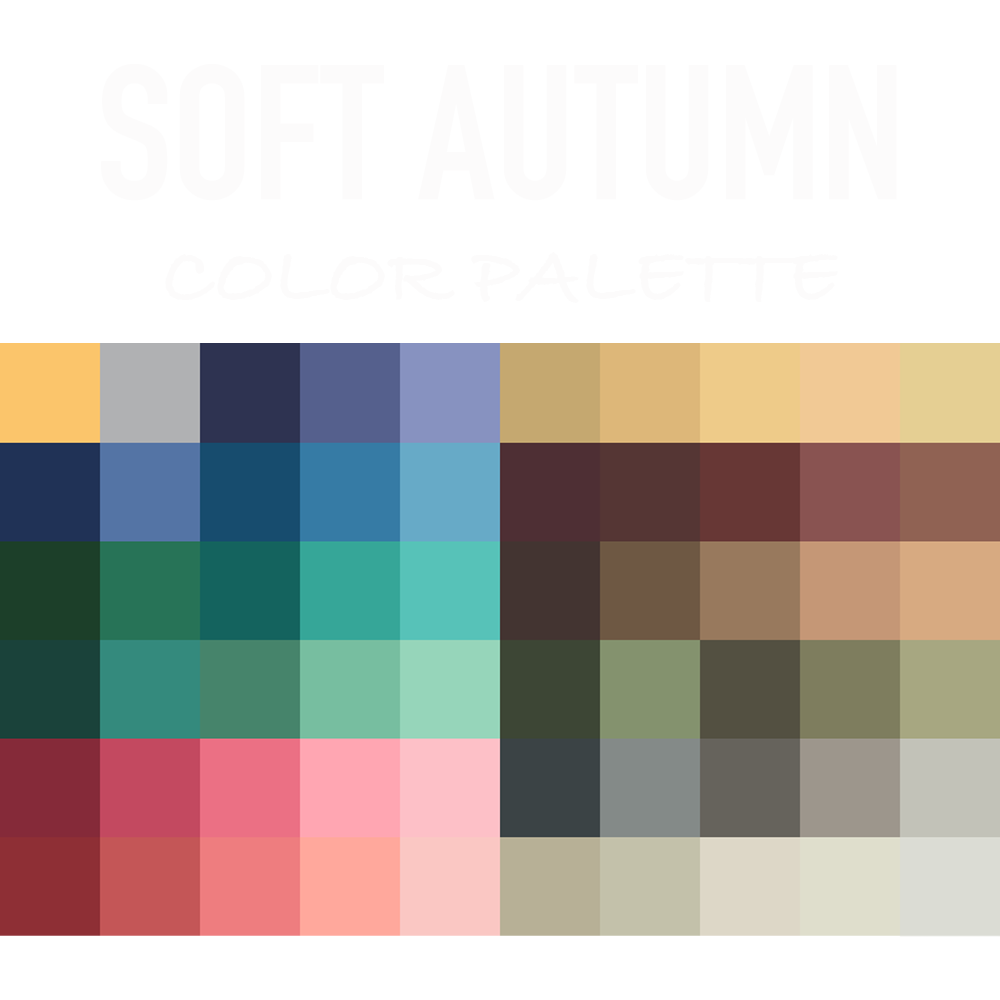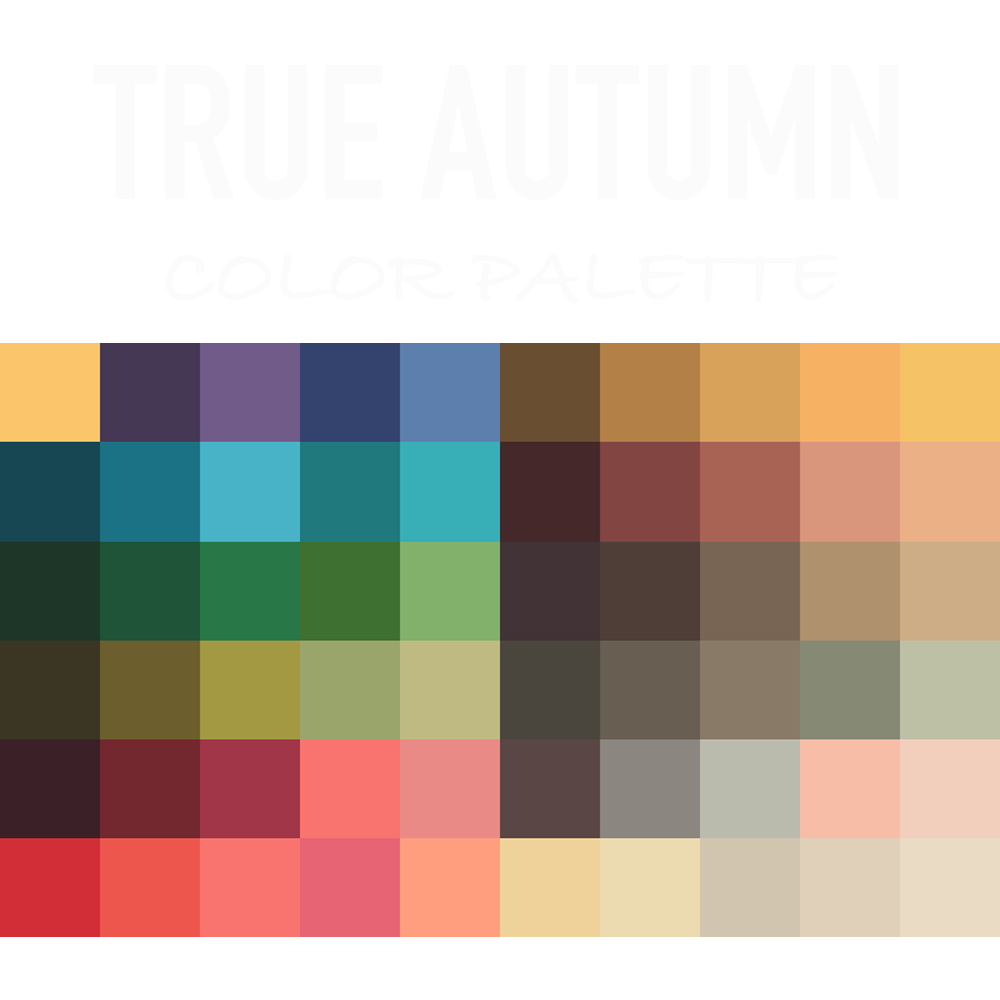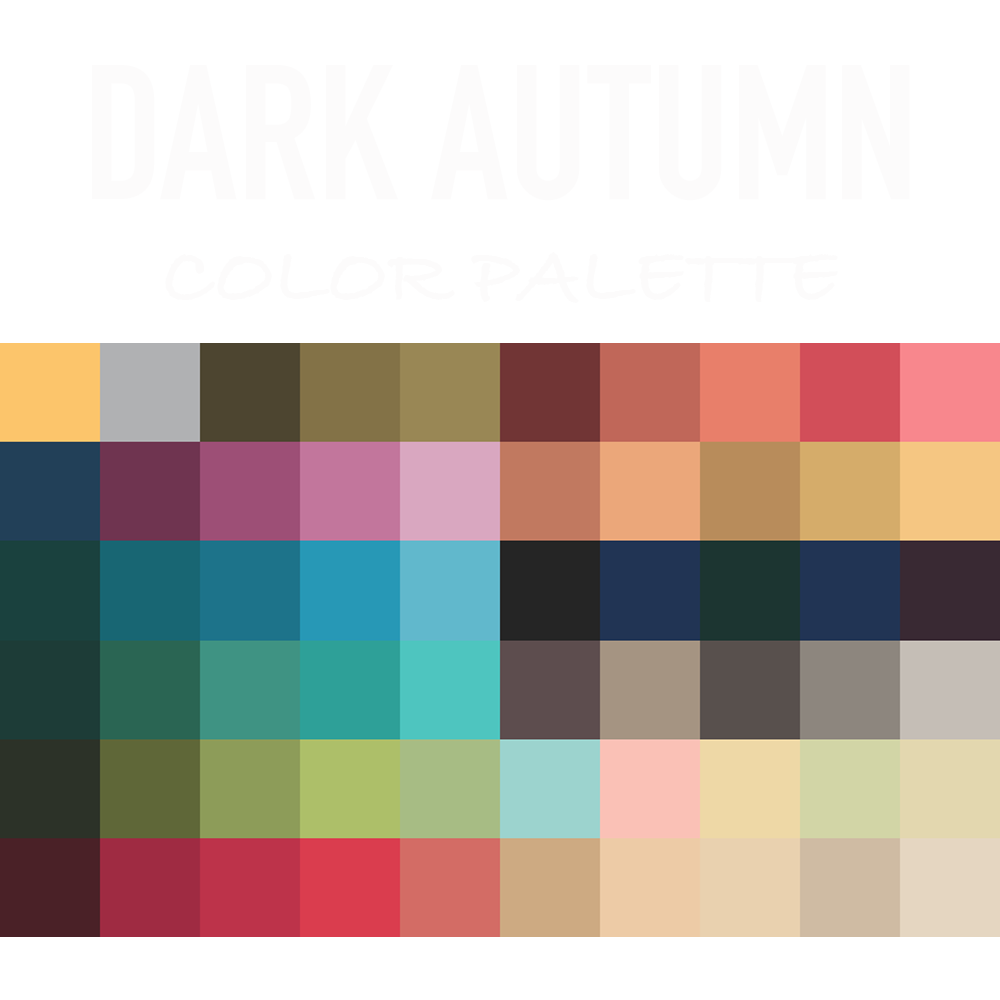How To Do Your Own Colour Analysis
Correctly selected colors enliven the face, emphasize individuality, and perfectly complement natural shades. The first thing to start with when forming your wardrobe is to make your color analysis test. The basics of the color analysis are based on four seasons: winter, spring, summer, and autumn. To determine a color type is possible by your skin pigment, eye, and hair color.
But analysis of external data alone is not enough to determine the exact color type. At this stage, this is just a vector direction where you go next. At first glance, all this may seem pointless. But I assure you, after the correct analysis, you will see how effectively it works in practice. You will find it significant to know which colors suit you best. Indeed, with the help of color, you can significantly emphasize your appearance. Or you can get lost in the crowd and make yourself invisible.
4 Season Colour Analysis
Four seasons color wheel
The theory is base on four seasons. It says that all people can divide into four seasons winter, summer, spring and autumn. People with a color type Winter and Summer have a cold undertone, veins bluish or purple, the hair is of pure colors without golden highlights. Winter-looking people have a brighter appearance than Summer-looking people. The summer color-type people are a more muted look. Owners of the Spring and Autumn color type are people with warm skin tones, greenish veins, and hair that give a golden tint. Moreover, Autumn is darker than Spring.
Look carefully at the diagram for which the gradations of all seasons are clearly visible. Based on the four seasons theory, analyze your appearance yourself. Try to find the unique characteristic of your look. What catches at first glance?
As you can see on this wheel, Winter and Summer belong to cold colors, but Spring and Autumn are warm colors. Soft colors will be in Autumn and Summer, but bright colors are in Winter and Spring. Light colors are in Spring and Summer but dark in Autumn and Winter.
Seasonal Color Analysis Celebrities
Winter color type. Their coloring has high contrast because of light skin combined with dark hair and eyes. A winter's skin tone can range from very soft to medium-deep. More commonly to see olive (yellow-green) or sallow skin in this color type. Hair color is usually ash or cool brown ranging from dark to very dark. Also, be found with black hair with a visible blue shade. The colors eye typically found in: dark blue, dark gray, dark green, dark brown, and black.
The colors palette for winter people consists of snow-white and bright-black, cold light blue, navy blue, purple, and silver. Some colors of coffee, bitter chocolate, hot pink, fuchsia, steel-gray are well combined with that color type. Winter looks perfect in the hues of dark cherry, hot raspberry, and Bordeaux. The worst colors are orange, faded yellow, red-brown, brick, earthy, and muted hues.
Spring color type. In this color type, you will find warm skin tones with some visible redness on the skin. Their skin tone is vibrant and complemented by the hair and eye colors that are warm. Classic Spring skin is bright, to blush easily. Hair colors are warm and vivid strawberry blonde, red, golden blonde, from light to a medium golden brown. Typical eye colors are - clear warm blues, aqua blues, bright warm grays (may pick up hints of blue or aqua), clear warm greens, and bright golden browns.
The colors palette for spring people consists of warm and fresh shades. Peach colors, warm pink, salmon, apricot, orange, ginger, golden, cream, and red are perfect for them. Shades of green - as fresh foliage, apple, aquamarine, goldish turquoise. For them better to avoid dull and inconspicuous colors and dazzling white, cold pink, silver-gray, and coal-black.
Summer color type. Typical skin tones are range from porcelain to olive, but ashy-grey hair colors combined with light cool eye colors. The hair colors range from very pale icy blonde to dark ash or taupe blonde and light to medium ash or neutral brown. Pale and medium yellow-blonde is also found in this seasonal range, potentially confused with the golden blonde of Spring. The hair texture is often fine, wavy, or curly. The eyes of summer people are typically light and either blue, green, or gray in low contrast.
The colors palette for summer people consists of cold, smoky, pastel, blurry tones, gentle-blue, gray-white, silvery, pearly, lilac, beige-gray shades, the colors of denim from faded blue to rich indigo shade. Cold pink palette from light powdered shades to dark pink with a purple tint is also well suited. The worst colors as purely warm, catchy, toxic colors. Orange, ocher, carrot-red, egg yolk color, toxic-green. Better to steer away from black and white.
Color type Autumn. Natural Autumn skin has warm undertones. The skin more often with freckles combined with warm hair and eyes. Autumn hair is warm ranging from golden blonde to medium golden brown color and auburn. Very dark brown hair is less seen. The typical eye colors found in this season are light warm hazel and warm browns ranging. From amber to deep red-brown. Rare meet appearance with deep blue eyes or blue-gray.
The whole warm palette of the natural autumn colors is well suited: goldish-blue, azure, emerald, the color of old gold, brown-red, ocher, mustard, khaki, champagne, yellowish-beige, fawn, copper, and bronze. Dark purple, red poppy, and orange will also do. For them better to avoid wearing snow-white, black, cold pastel shades, and vivid colors.
12 Season Colour Analysis
If you still do not know which color type of the four seasons you belong to, the cloth test will be helpful to figure it out. Take fabrics of suitable colors. Plain colors are best suited for this. Use any clothes in a solid color. In extreme cases, use colored paper. This method is simple because it does not require a large number of scarves of different colors. Use six scarves which will be warm, cool, light, dark, soft, and bright colors.
Take turns applying each color to your face and watch how your appearance changes. Do not forget, we only watching how appearance is changing, but do not choose the best color. We choose the intensity, brightness, and temperature to match your look. The difference will be visible.
During this test, usually, maybe doubting between the two nearest colors season on the wheel. Between Soft Autumn and Soft Sumer, Dark Autumn and Dark Winter, Bright Winter and Bright Spring, Light Spring, and Light Summer. That's why do not be rush. Take your time and use extra colors if it is necessary. Look at the following wheel and try to see what combination suits you best. Further is help on how to read combinations between colors.
Bright and Warm colors will be for Bright Spring. Warm and Bright colors will be for True Spring. Light and Warm colors will be for Light Spring.
Light and Cool colors will be for Light Summer. Cool and Soft colors will be for True Summer. Soft and Cool colors will be for Soft Summer.
Soft and Warm colors will be for Soft Autumn. Warm and Soft colors will be for True Autumn. Dark and Warm colors will be for Dark Autumn.
Dark and Cool colors will be for Dark Winter. Cool and Bright colors will be for True Winter. Bright and Cool colors will be for Bright Winter.
If you get to that stage, you already know what colors to select for your wardrobe. Next, you can independently analyze the three components of your color type. Get the best color palette and apply it to your clothes. Besides, knowing your color type will allow you to choose the right makeup. Using this knowledge, stylists easily select clothing options.
A List Of Colours That Match Each Of The Colours Season
If you know what color type are you, use the color palette below to create your ideal wardrobe. When creating a sustainable wardrobe out, keep your lifestyle in mind. Give a preference to make a base wardrobe from neutral colors. Then add accent colors from your palette to finish a stylish look. When blending multiple colors from your palette, utilize the fundamental guidelines based on your color type.
Combining colors from your color pallet allows you to create dozen different outfits. Aside from that, additional colors from your palette will help to complement your base neutral hues wardrobe.
Choose your color palette and read detailed information about the best and worst colors, neutral hues, good working patterns, and best accessories.
WHAT HAPPENS AFTER A PERSONAL COLOR ANALYSIS?
You will know which color palette suits you best.
Easy picking up a base wardrobe that matches you by color.
Finding the right makeup for you is much simple than before.
Selecting accessories that with no doubt decorate you best.

